Assignments
Create a Blackboard Assignment
You can create assignments alongside other content. Students can access their work next to the content they need, right when they need it. You can also create a group assignment and release it to one or more groups in your course.
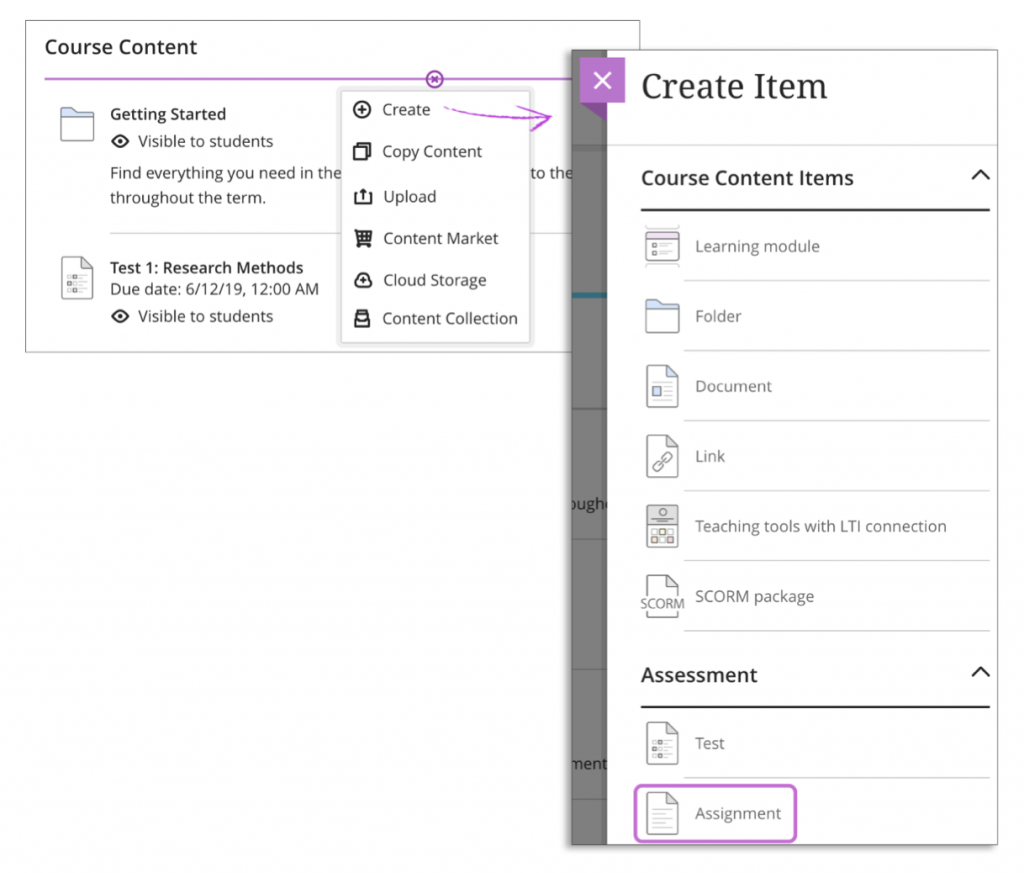
Fig. 19. Creating a Blackboard Assignment in the course content area
Watch a video about creating Blackboard Assignments
The following narrated video provides a visual and auditory representation of some of the information included on this page. For a detailed description of what is portrayed in the video, open the video on YouTube, navigate to More actions, and select Open transcript.
Video: Create an assignment shows how to create an assignment with simplified workflows.
Task: watch the video on how to create an assignment
Please click and watch the video on create an assignment
Creating a Blackboard Assignment
Selecting “Assignment” from the create item menu will allow you to create a Blackboard assignment. Over the next few sections a detailed description will explain the image (fig. 20)
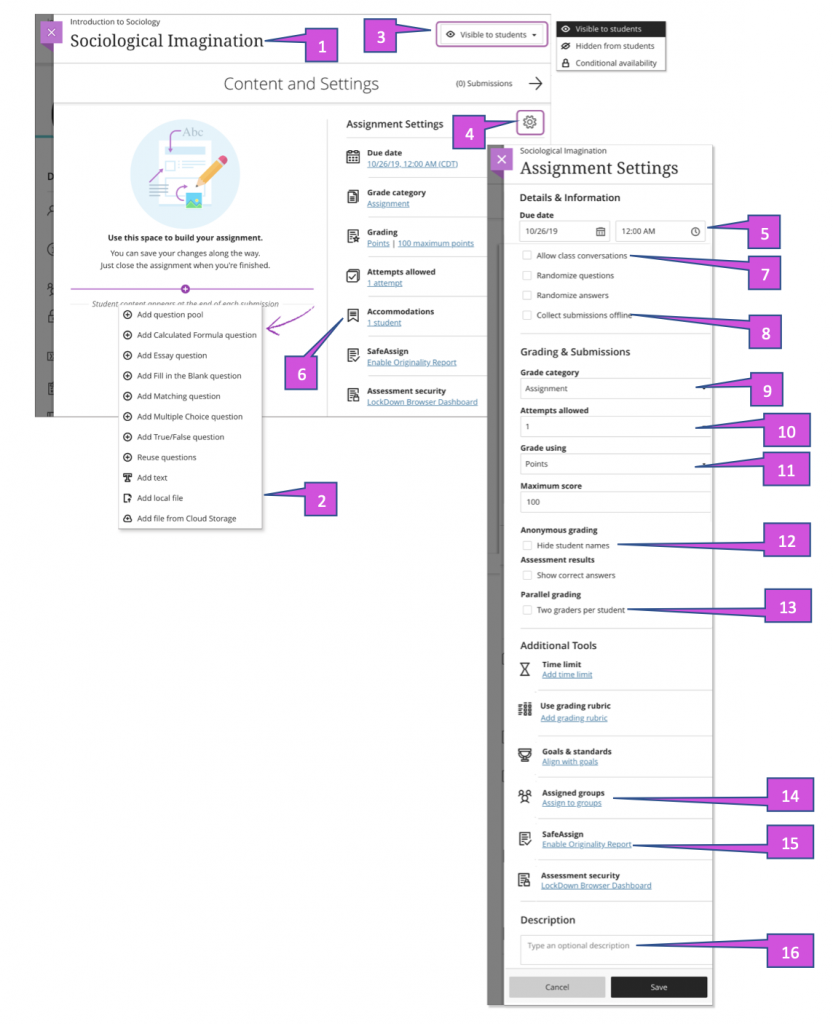
To set up the assignment, complete the following:
Add the assignment essentials (fig. 20)
Provide an intuitive assignment title so students can easily find the assignment among the course content. On the Course content page, the title appears as the link students select to view the materials. If you don’t add a title, “New Assignment” and the date appear in the content list. If you don’t add content, the assignment won’t appear on the Course content page.
Add text, files, and questions (fig. 20)
Select the plus sign to open the menu and make a selection. You can choose a question type, add a question pool, or reuse questions and content from existing assessments. You can add files and text, such as instructions for assignment. You can also add files from cloud storage, such as OneDrive and Google Drive
Show or hide the assignment (fig. 20)
Students can’t an assignment until you choose to show it. You can create all your content ahead of time and choose what you want students to see based on your schedule. You can also set availability conditions based on date, time and performance on other items in the course grade book. On the course content page, students can see when you set the assignment to show.
Apply assignment settings (fig. 20)
Select the Settings icon to open the panel where you provide the assignment’s details and information.
Provide a due date (fig. 20)
Due date appear in the calendar and in the activity stream. Late submissions appear with a Late label in the course grade book. Encourage students to review what’s due now and what’s ahead so they can ask questions as soon as possible
View accommodations (fig.20)
You can set accommodations for students and make them exempt from certain course requirements, such as assignment due dates and time limits. To select accommodations, go to the Class Register and open a student’s menu. The number of accommodations you’ve made appears on the assignment page in the Assignment Setting section.
Allow class conversation (fig. 20)
What if your students have questions about an assignment? You can allow conversation within an assignment, an anyone can contribute. As the conversation develops, it appears only in the relevant assignment.
Collect submissions offline (fig. 20)
You may want to grade student work that doesn’t require student to upload a submission. For example, you can add grades to your grade book for oral presentation, science fair projects, acting performances and artwork delivered in person
Change the grade category (fig. 20)
You can change the assignment grade category to be part of one of the custom grade book categories you set up in your course. You can create new categories to customise how coursework is grouped in your course. Custom categories can be useful when you set up the overall grade.
Determine the number of attempts (fig. 20)
You can let your students submit more than one attempt at an assignment. When you allow multiple attempts, you can also choose how the final grade is calculated.
Select the grading schema (fig. 20)
From the grade using menu, select an existing grading schema such as Points. You can change the grading schema at any time and the change will also show the students and in your grade book.
Enable anonymous grading (fig. 20)
When you create an assignment without questions, you can enable anonymous grading, so student names are hidden while you grade. You may only add text and files to anonymous graded assignments.
Enable parallel grading (fig. 20)
You can allow parallel grading and assign graders when you create an assignment. You can also enable parallel grading even after students make submissions. The system randomly assigns graders you choose so each student has two graders for the assignment. The grading workload is distributed evenly amongst the graders. Graders can only open the submission for the students assigned to them. Instructors or reconcilers determine the final grades for students.
Make a group assignment (fig. 20)
You can create an assignment for one or more groups of students. By default, you assign a grade to each group as a whole, but you can change a group member’s individual grade.
Enable SafeAssign (fig. 20)
You can use SafeAssign to check for potential plagiarism in students submissions. You can enable the SafeAssign Originality Report at any time, even after students have started their submissions, but submissions are only checked when SafeAssign is enabled.
Add an optional description (fig. 20)
The description appears with the assignment title on the Course Content page
Add files and text blocks to Blackboard Assignments
Setting the Blackboard brief can be done by either putting in some text via the text blocks or adding a file such as word document. To begin select the purple “+” sign to open the menu wherever you want text, or a file (fig. 20). You can add as many text blocks and files you want.
Add text blocks
Select Add text to open the editor. You can include instructions for a section of the assignment or introductory text for an audio file or image. You can also paste text from a Word doc.
*Quick Tip* You can also use the editor to embed images and attach files along with your text.
If you create an assignment that includes only text blocks, you can manually change the Maximum score in the Assignment Settings.
Add files
Select Add local file to browse for a file on your computer. Your institution controls the maximum file size you can upload. You can’t add a folder of files.
Add files from Cloud storage
You can instantly connect to multiple web apps where you store files, such as OneDrive. The files you add are copies. If you make a change to a file in cloud storage, you need to upload a new copy in your course. If your browser allows, media files you add from cloud storage displays inline.
More on cloud storage.
Edit, reorder, and delete Blackboard Assignments
You can make changes to existing assignments and change where they appear on your Course Content page. Be aware that if you change an existing assignment that students can access, some students may have started their submissions. You can’t change the grading schema if you’ve already started grading.
Press the Move icon highlighted in fig. 21 in an assignment’s row and move it by dragging it to a new location. You can also move an assignment into a folder, this again can be done by dragging it into a folder.
In an assignment’s row, open the menu to select the Edit and Delete functions.

Fig. 21. Moving a Blackboard assignment
Delete assignments
You can delete an assignment from your course and if no student submission exists, the gradebook item is also deleted. For assignment with submissions, you must confirm that you want to permanently remove the assignment, all submissions, and grades from your course.
Or, you can hide the assignment from students to preserve the submission and the scores in the gradebook. Students can’t access hidden assignments on the Course Content page or on their grades pages even if you have graded submissions
Blackboard Assignments and activity stream
When you create an assignment and make it visible to students, they are notified in their activity stream.
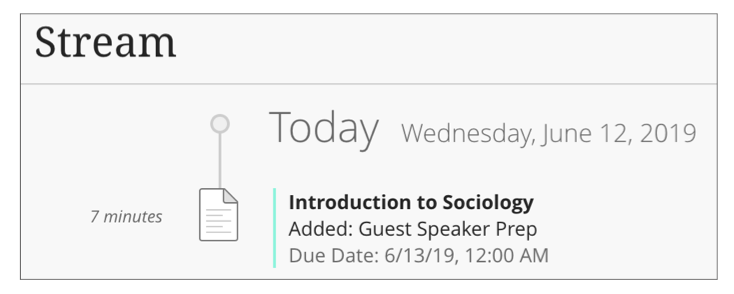
Fig. 22. Black Assignment stream view for students
You’ll see an alert in the stream when you have submissions to grade. Select the assignment title to begin grading on the assignment submission page.

Fig. 23. Blackboard Assignment new submission stream view from staff
Task: create a blackboard assignment
With the information above, create a blackboard assignment
Creating a Turnitin Assignment
The other type of assignment offered at the university is Turnitin, as this is a third party add-on, it is accessed in a different manner to that of the Blackboard option. To begin please follow the instructions below:Navigate to the Content Market in the Blackboard module page
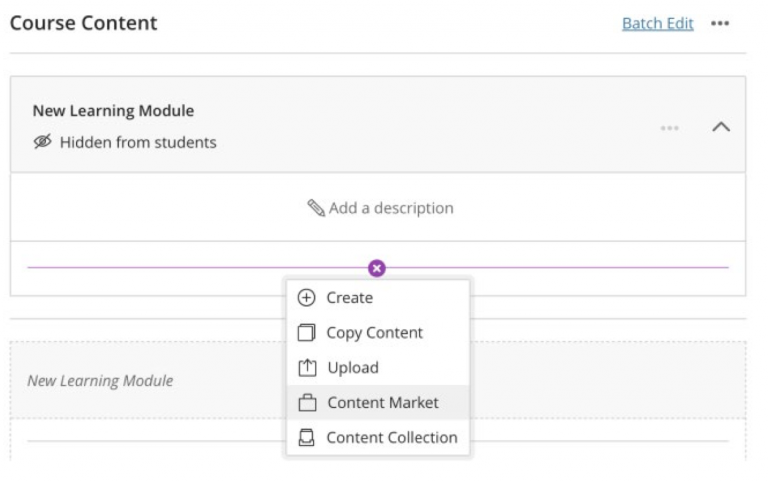
Fig. 24. Adding a Turnitin Assignment through Content Market
2. Select the Turnitin tool shown below
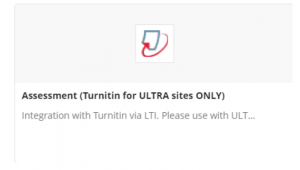
Fig. 25. LTI (Learning Tools Interoperability) for Turnitin found in the content market
3. Fill out the Turnitin assignment settings along with the following:
Max Grade
set a point value for the assignment to allow a grade to be set by rubrics (if used) and be sent to the grade book. For example, if you set the max grade as 100, this is the highest grade your students can receiveStart Date
The start date is the date and time students can begin submitting to the assignmentDue Date
The due date is the date and time students’ papers are due for the assignementFeedback release date
The feedback release date is the date and time students can begin viewing the comments and grades you have left on their papers. Feedback can only be released after the due date.

Fig. 26. Turnitin submission setting.
4. Click on Optional settings. The information below will help you. The information below will help you to understand the settings available and correctly customise the assignment.
– Submission storage option
1. Standard paper repository
Student papers will be checked against other institutions’ student submission
2. Institution paper repository
Student papers will only be checked against other student papers within your institution. With this setting enabled, if a student from your institution submits a paper matching a paper of a student from another institution, Turnitin will not identity this match.
3. Do not store the submitted papers
A similarly report will still be generated from paper submissions, but your students’ papers will not be stored in the Turnitin standard paper repository or the other institution’s paper repository for future comparison
4. Student’s choice of paper repository
Students have the freedom to choose where they would like their paper to be saved. It is advised that this setting is only used if you do not intend to use Turnitin to assess originality
– Allow submission of any file type
Select the checkbox to allow all file types – even those that are not supported for generating a Similarity Report. This include files that include media.
– Allow late submissions
Select the checkbox to allow late submissions for the assignment; students will be able to submit papers after the due date
– Enable anonymous marking
Select the checkbox to obscure the student names within the assignment inbox, Similarity Report and online grading until the assignment’s feedback release date. Student names may be revealed for an assignment by clicking on the anonymous marking enabled button to reveal the author’s name for the paper.
– Compare against
These search options allow you to select the repositories that student’s submissions will be checked against when processing Similarity Reports for papers. The similarity score may decrease if a repository option is deselected.
Report generation and resubmission
1. Generate reports immediately (resubmissions are not allowed)
Originality Reports for all submissions will be generated immediately. Students cannot resubmit papers. If, for any reasons, a resubmission is required, when this setting is selected, you must manually delete a student submission from the assignment inbox to allow the student to submit again.
2. Generate Reports immediately (resubmissions are allowed until due date). After 3 resubmissions reports generate after 24 hours
This option is typically used when students are self-reviewing and revising their submissions and able to view the Similarity Report. Similarity Reports will be generated immediately for each student’s initial submission to this assignment
-Students may resubmit as often as they wish until the assignment due date
-Similarity Reports for a second or subsequent submission will generate after 24 hours of submission
-As all previous submissions are removed upon resubmission, only the latest submission is available to both you and the student
-Similarity Reports will generate within an hour of the due date and time to allow student submission to compare against one another within the assignment
3. Generate reports on due date (resubmissions are allowed until due date)
Originality Reports will not be generated for any submission until the due date and time of the assignment is reached. Students may resubmit as many times as needed until the due date and time but will not receive reports during this period. No resubmissions are allowed after the due date and time of the assignment
4. Allow students to view Similarity Reports
Select the checkbox to allow your students to view their Similarity Reports for submissions to this assignment. This option gives you more flexibility and control when creating assignments.
5. Exclude bibliographic materials
Select the checkbox to exclude text appearing in the bibliography, works cited, or references sections of student papers from being checked for matches when generating Originality Reports. You can overwrite this setting in individual Similarity Reports.
6. Exclude quoted material
Select the checkbox to exclude quotations from being checked for matches when generating Similarity Reports. You can overwrite this setting in individual Similarity Reports.
7. Exclude small sources
Select the checkbox to exclude matches that are not sufficient length (determined by you) from being considered when generating Similarity Reports. A box will appear, where you can exclude matches by word count or by percentage.
5. After you have set your assignment, then select submit
Task: create a Turnitin assignment
With the information above, create a Turnitin assignment